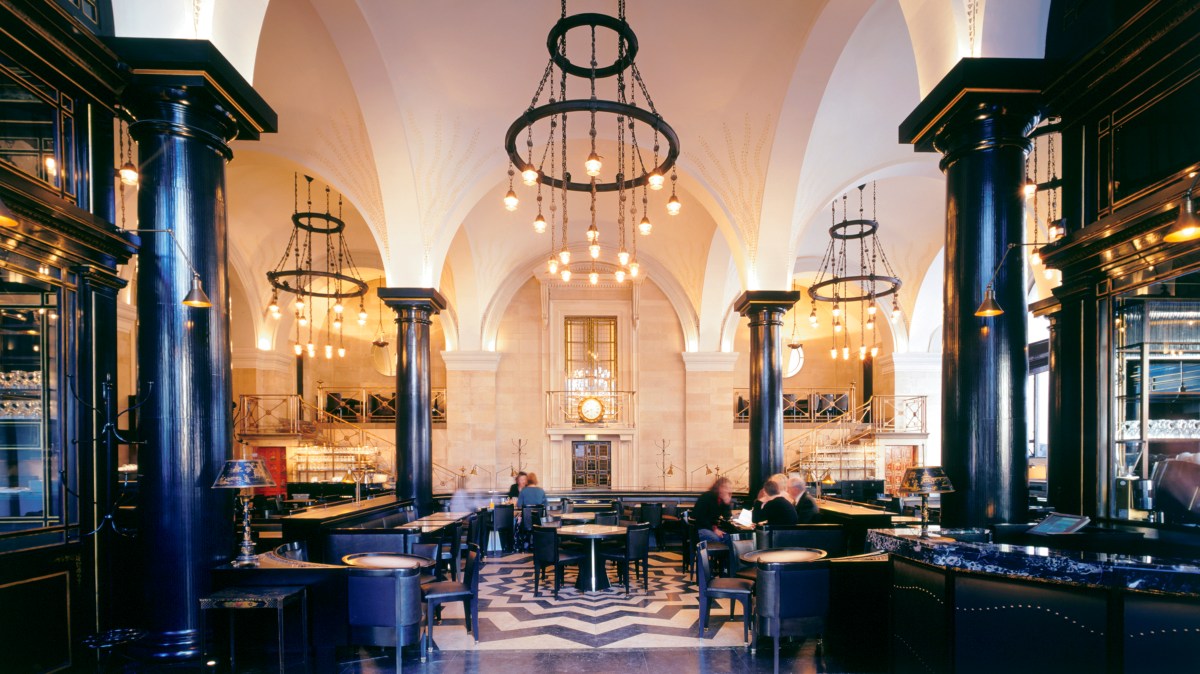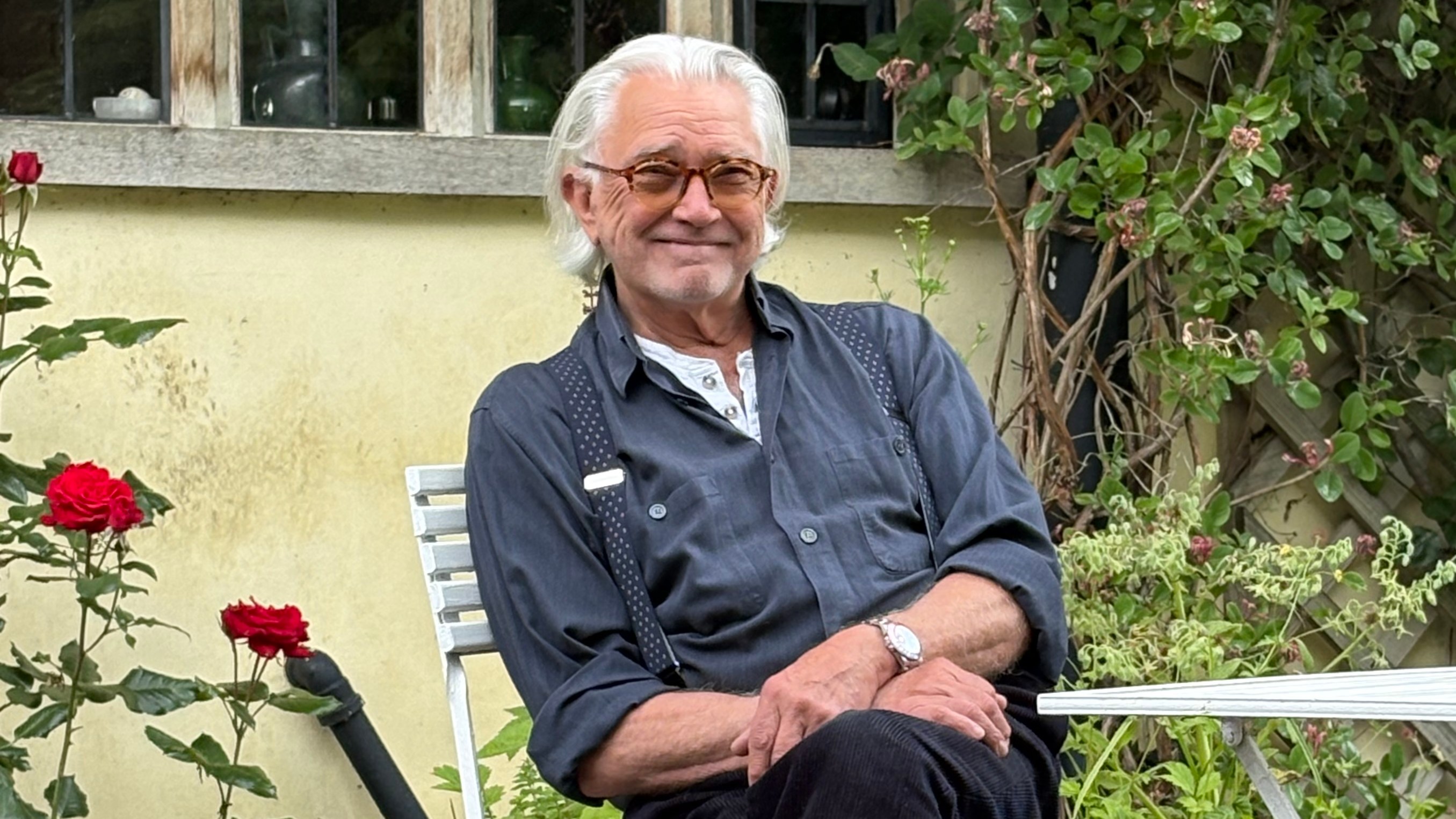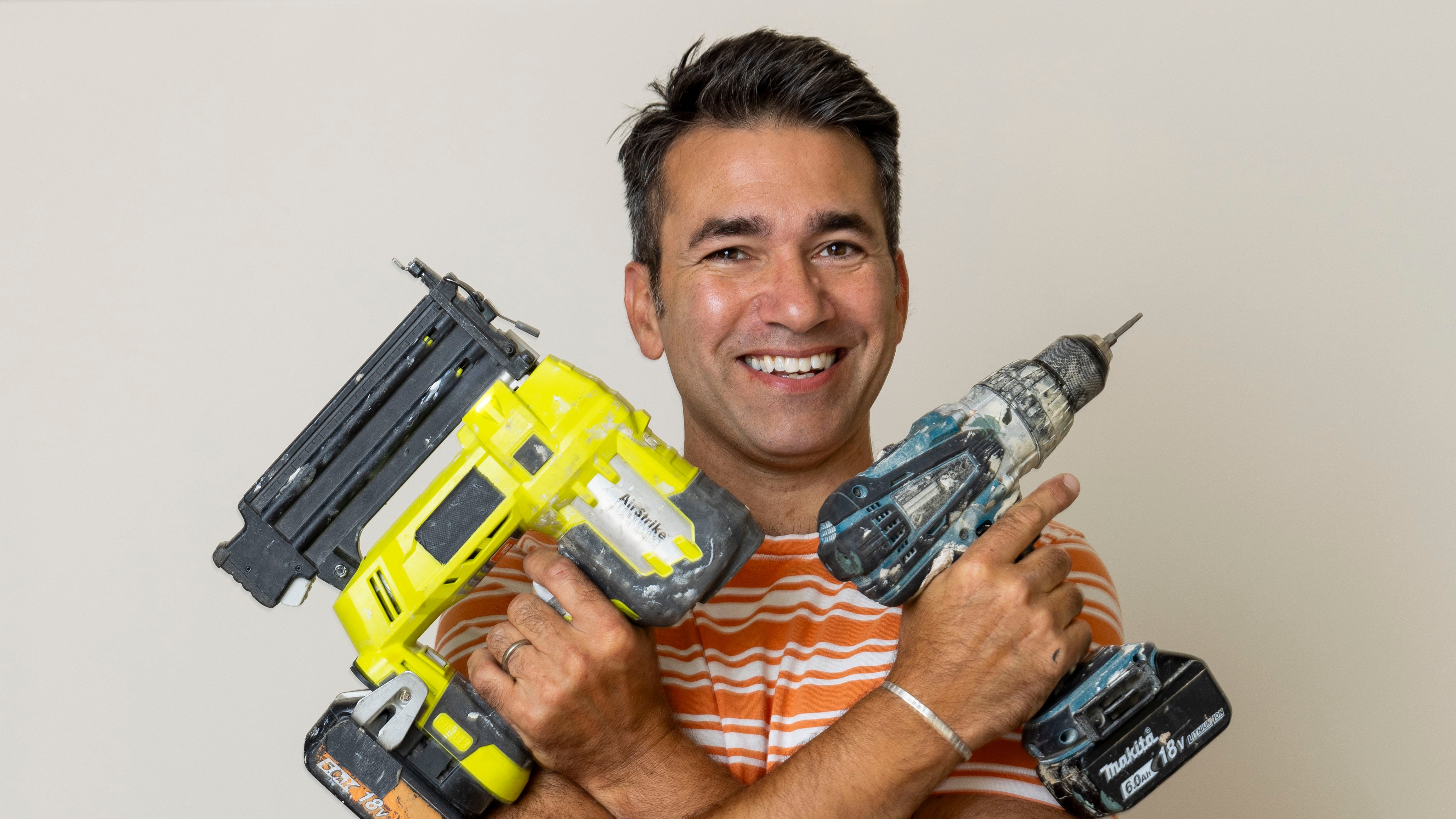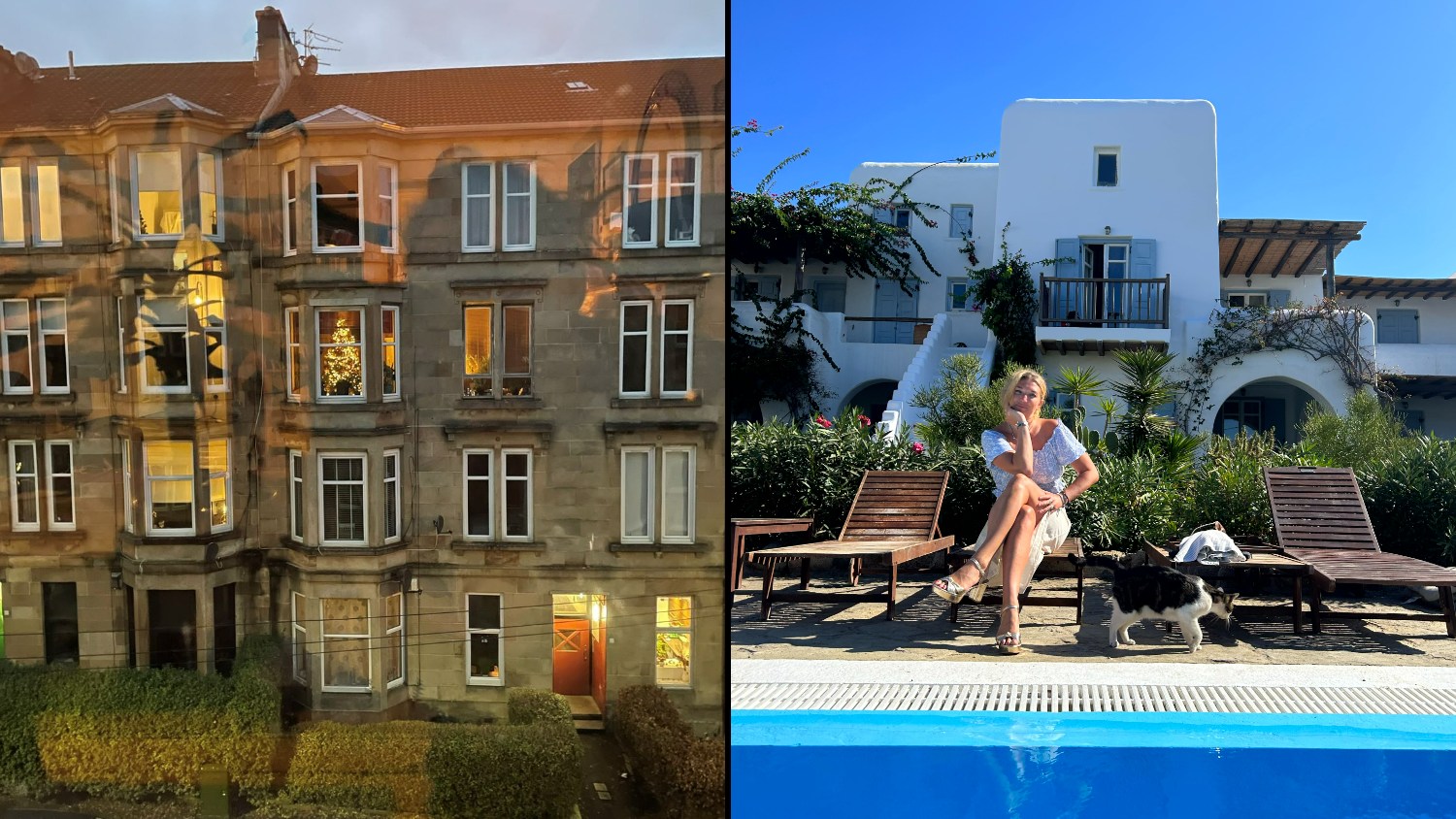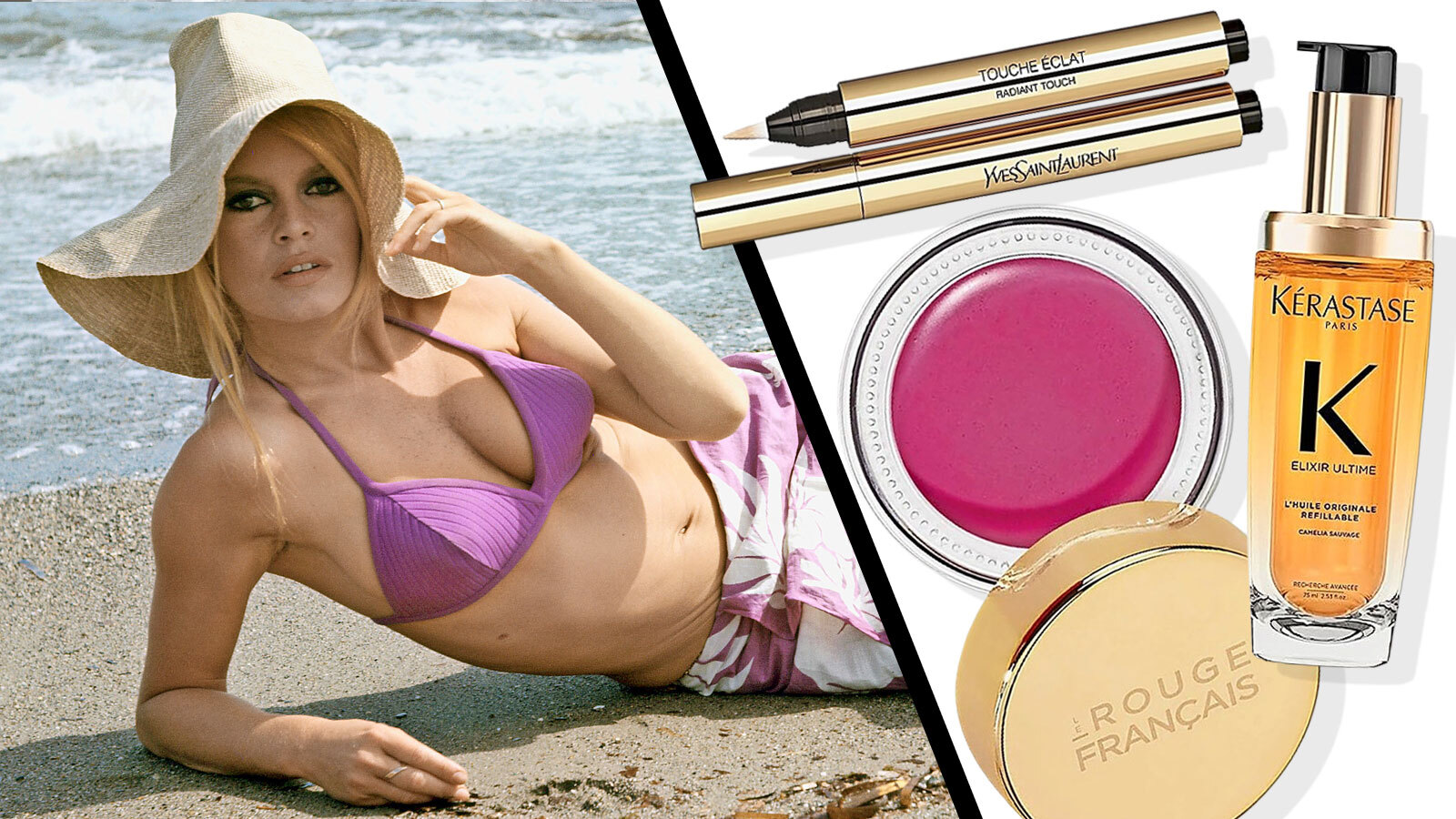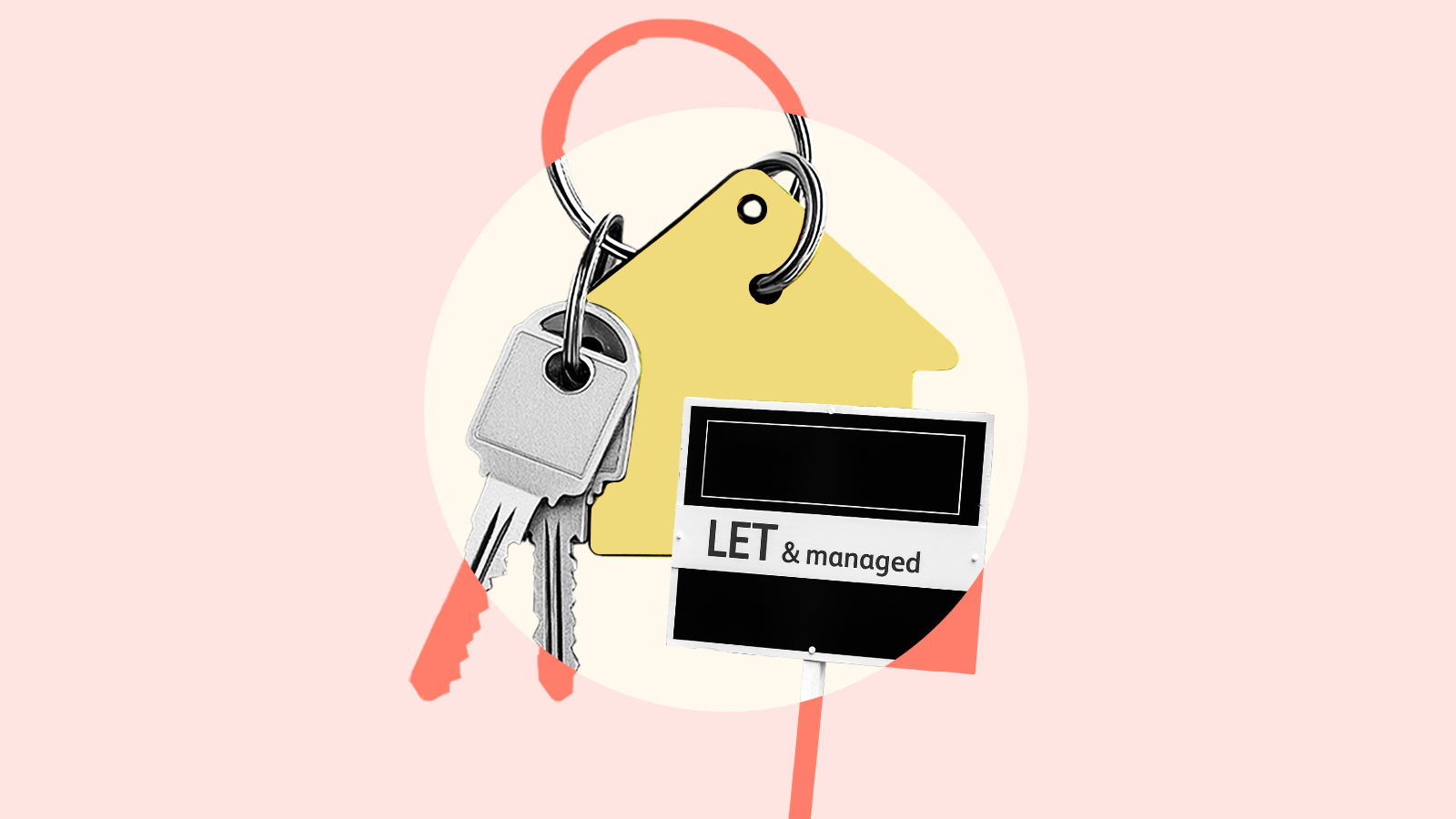The legacy of London’s most glamorous interior designer
, The Sunday Times
Iconic is a word that’s often overused in the realms of architecture and design, but when it comes to the work of David Collins Studio, it’s hard to argue otherwise. Renowned for its ability to create glamorous yet inviting spaces that people want to be in and be seen in — from Claridge’s to Cecconi’s, the Wolseley to Bob Bob Ricard — David Collins Studio has masterminded some of the most influential and talked-about interiors of the past four decades.
This is in part due to the collaborations the studio has cultivated over the years, starting with its longstanding partnership with Marco Pierre White, which began in 1988. Often regarded as the first modern celebrity chef, White had seen La Tante Claire — a project the studio had completed for his former boss and mentor, the renowned chef Pierre Koffmann — and wanted some of the same. “The first restaurant I worked on with David was Harvey’s on Wandsworth Common, which belonged to Marco,” says David Collins Studio’s CEO, Iain Watson, who, having bonded with Collins in a bar because they were both wearing the same rare Dries Van Noten jacket, joined the business that same year. “At that time Marco was in his White Heat era and was the poster boy for British cooking. No one else was doing fine dining at that scale, and most certainly not at that level.” A string of MPW restaurants including Mirabelle, Quo Vadis and the Canteen (with Michael Caine) followed, cementing the studio’s presence in the capital’s dynamic restaurant scene.
• Read more expert advice on property, interiors and home improvement
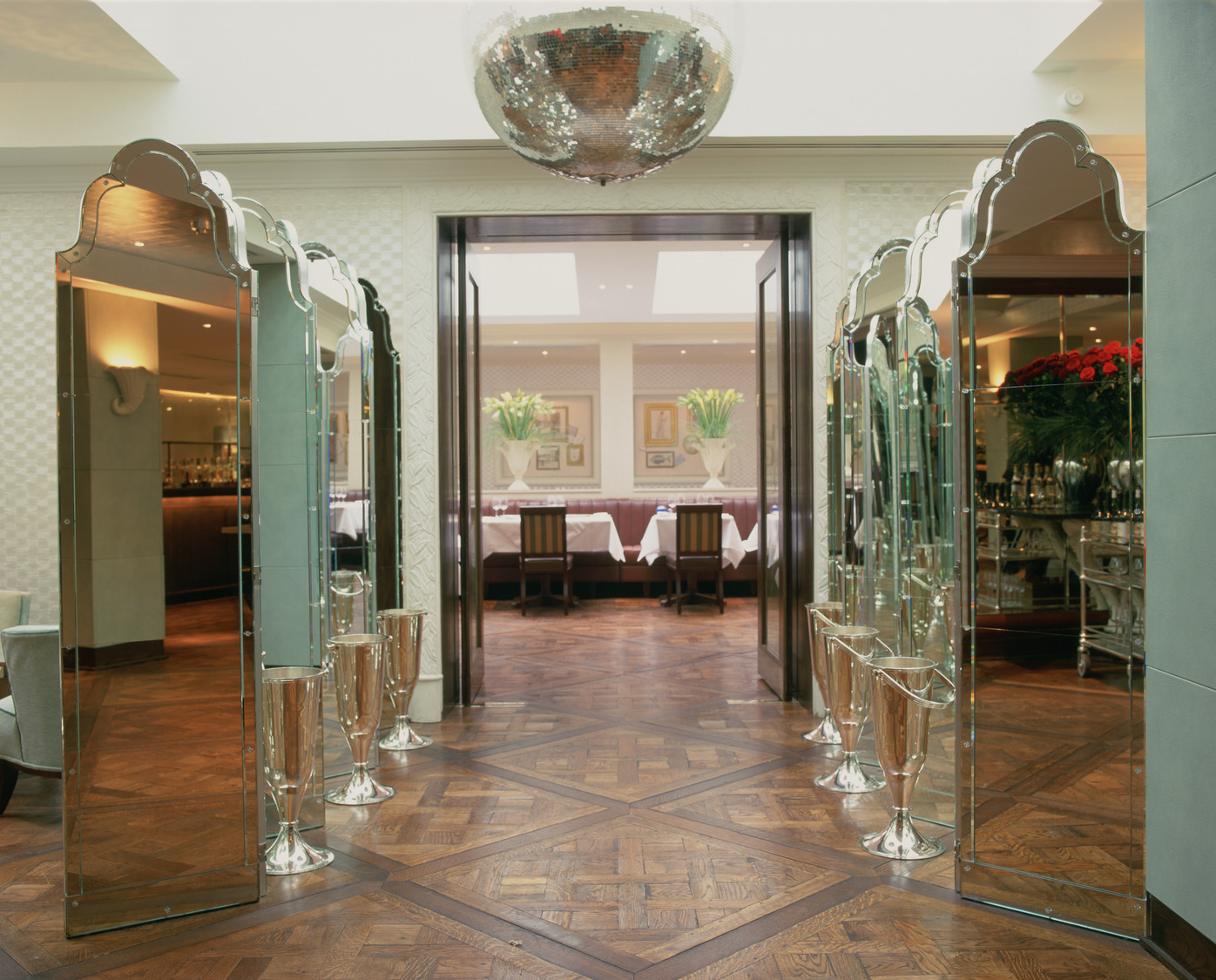
Mirabelle, one of the restaurants David Collins Studio designed for Marco Pierre White

David Collins
GETTY IMAGES

In 1998, the studio embarked on one of its most famous projects: transforming Claridge’s Bar from a run-down smorgasbord restaurant into a true destination hotel bar in London, with red crocodile-print leather furniture, art deco styling, and its own entrance on Davies Street. Soon fashion editors, designers, celebrities and models (such as Kate Moss, who remains a fan) made it their stomping ground. “It was seductive and glamorous, but you could go in dressed up or dressed down,” says the chief creative officer Simon Rawlings, who joined the studio that year. “And it pulled in people who weren’t staying at the hotel, which didn’t really happen back then.”
The modernisation of Claridge’s sister properties, the Berkeley and the Connaught, soon followed. “It was London’s answer to what was happening with the Schrager hotels in New York, where there was a real lobby scene,” Rawlings continues. “A cool bar and an amazing restaurant with high-profile chefs like Gordon Ramsay, Angela Hartnett and Marcus Wareing became a formula that gave these historic, quite stuffy grande-dame hotels a completely new lease of life.”
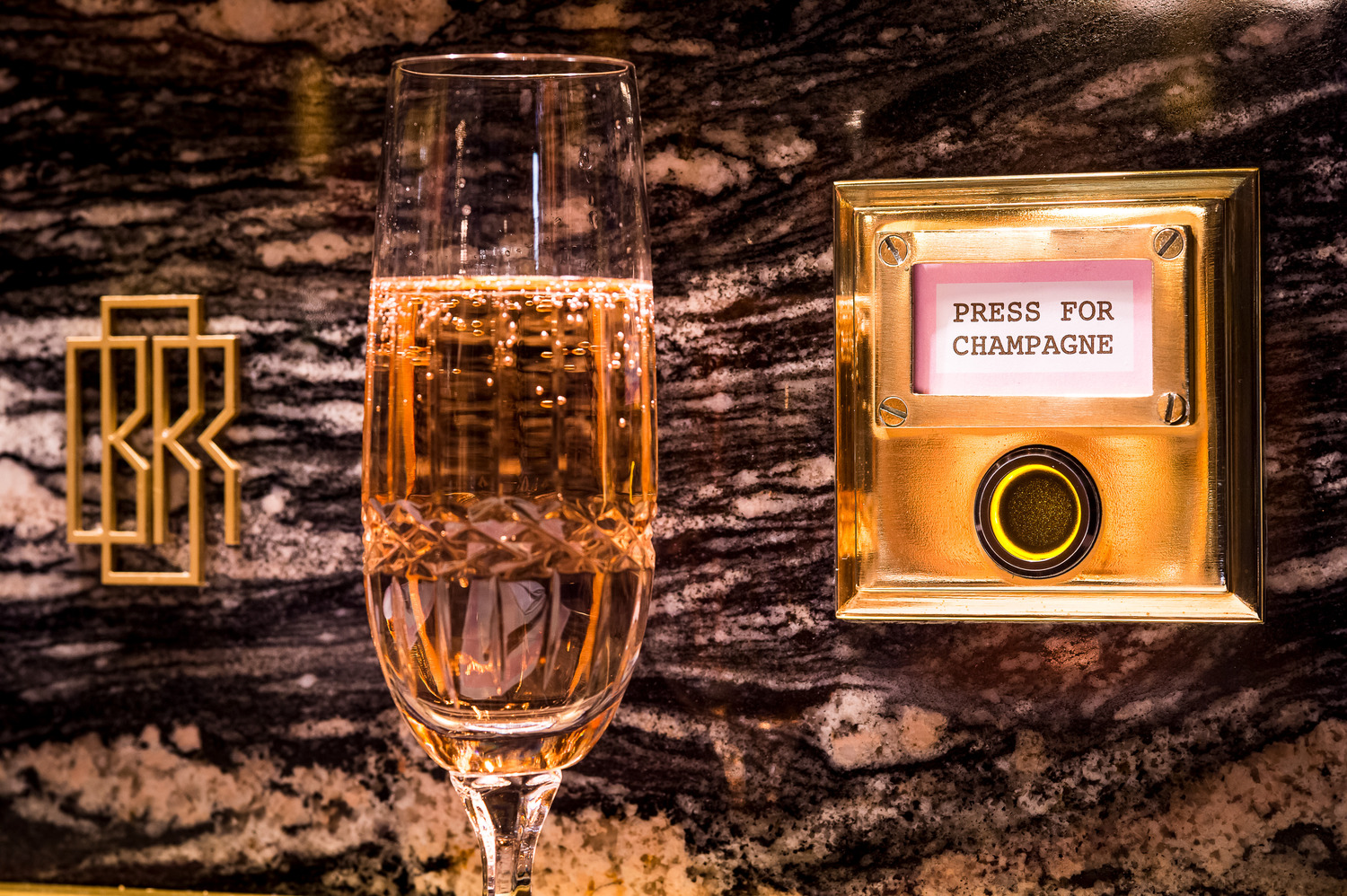
Bob Bob Ricard’s famous “press for champagne” button

The studio’s first collaboration with the restaurateurs Chris Corbin and Jeremy King, the powerhouse duo behind the Ivy and Le Caprice, in the late Nineties was the redesign of J Sheekey, one of London’s oldest fish restaurants. The antithesis of some of the showier dining options of the time, with its interconnected rooms and intimate booths, J Sheekey was a runaway success. This paved the way for Colbert, the Delaunay, Brasserie Zédel and, of course, the Wolseley, which redefined breakfast culture across the city.
Built in 1921 as a car showroom for Wolseley Motors, the cavernous space was then a bank and later a Chinese restaurant before David Collins Studio was charged with its reinvention. “It was huge and it was daunting, but it had good bones and wonderful details like the starburst floors, panels of chinoiserie and the bank teller’s counter that we reinstated,” Rawlings says. “Chris and Jeremy had a vision that it could be like the grand cafés in Vienna, so we flew over to study how people sat and how food and even newspapers were presented. I was fascinated by how an espresso arrived on a little silver tray with a glass of water. Back then nobody was going out for breakfast unless it was in a hotel. At the Wolseley the idea of breakfast in a café became a lifestyle choice, not just a meal.”
• Bring back Eighties excess! The Ivy impresario making dining fun again
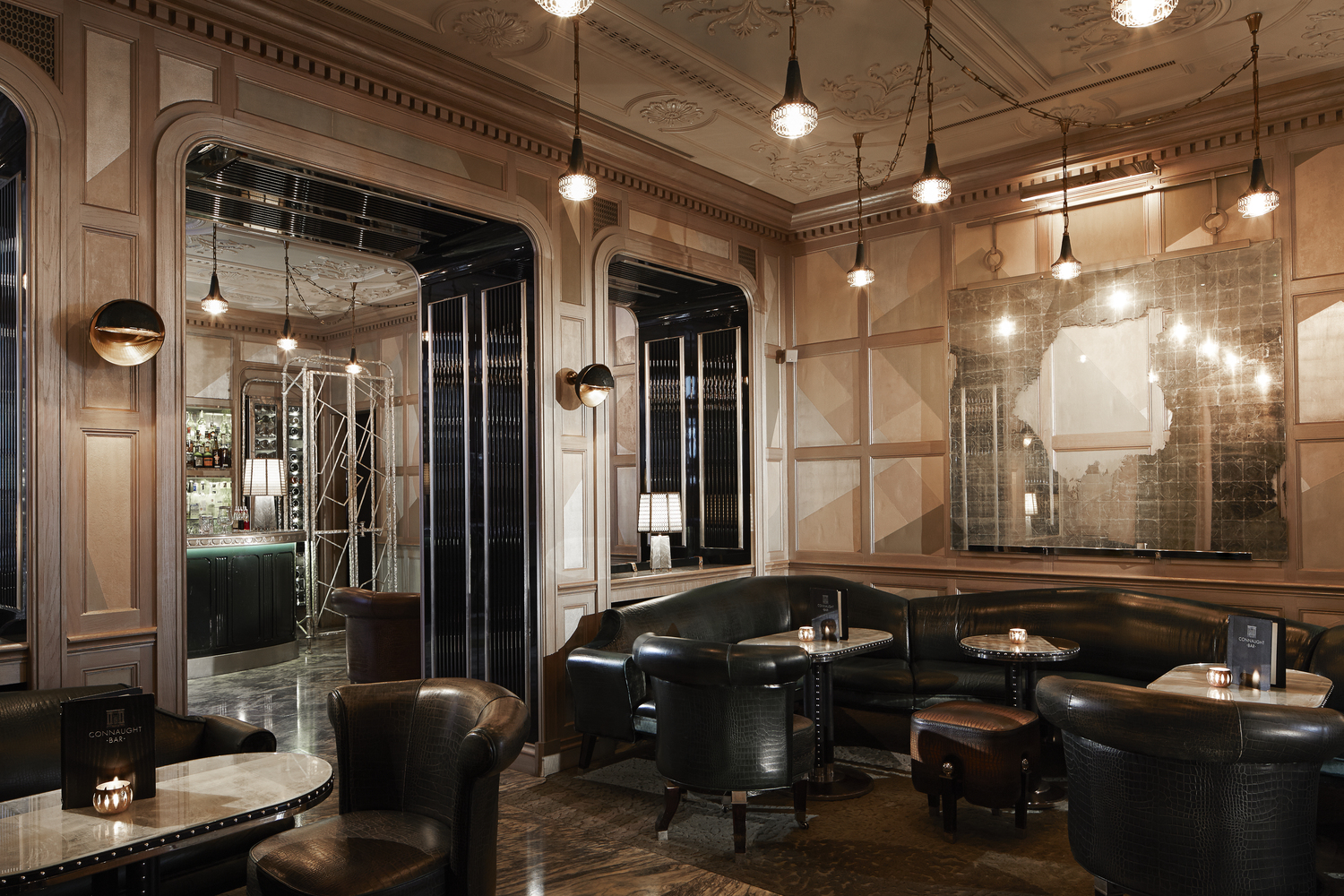
David Collins Studio designed the Connaught hotel’s bar
DYLAN THOMAS

From left: Kate Moss; Tom Ford, who was a friend and client of David Collins
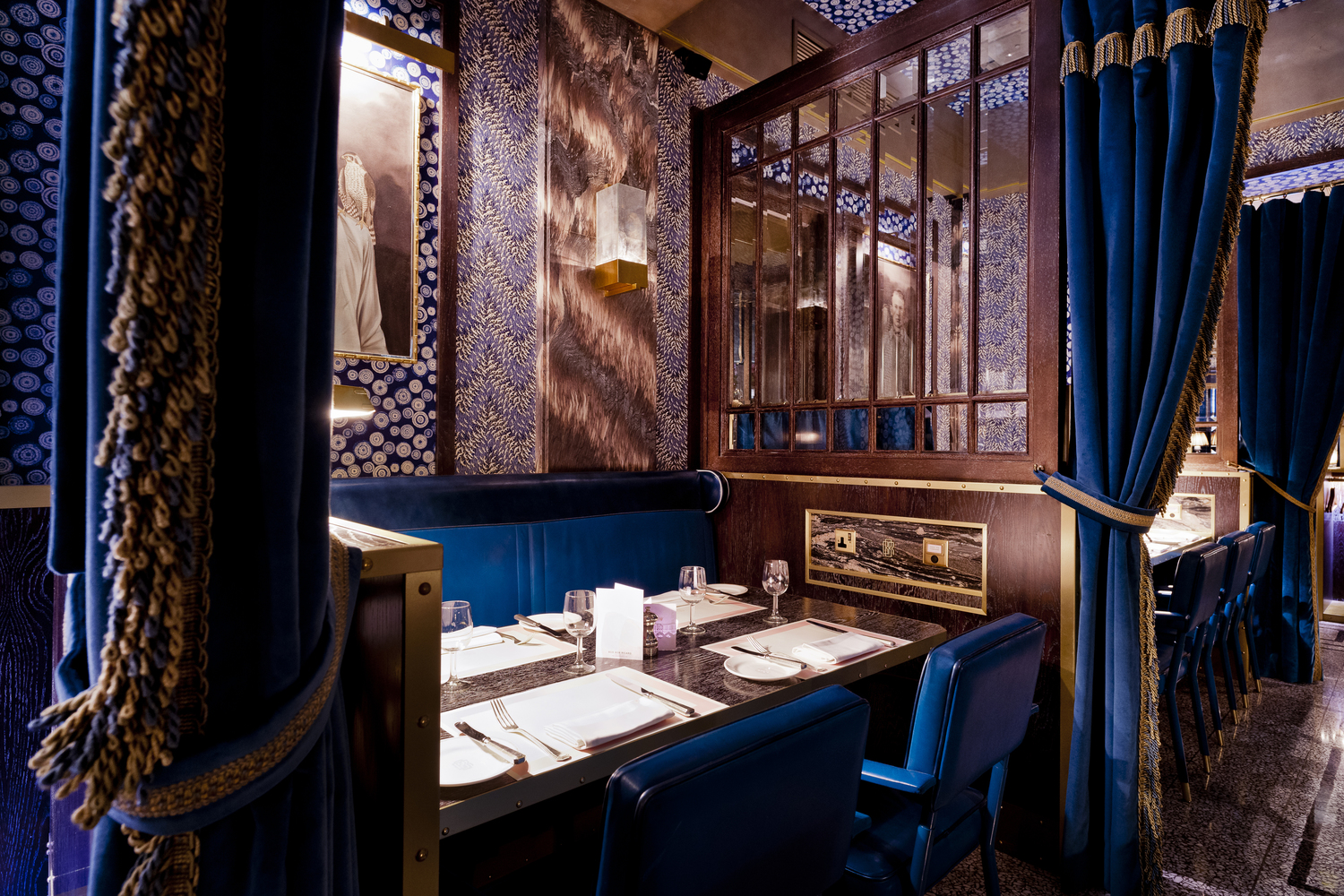
Bob Bob Ricard’s extravagant interior
PAUL WINCH-FURNESS
In tandem with these landmark restaurants, there was a clutch of projects for luxury fashion brands, including Vivienne Westwood, for whom they devised five Anglomania stores across Japan (opened in a whirlwind six months), plus a Vivienne Westwood flagship in New York. “The clothes were lined with fabric printed to look like hair and we wanted the floor to be the same,” Watson remembers. “It was tricky, as the internet wasn’t advanced back then. Instead, you had a little black book and you’d develop things from nothing.”
In 2012 came stores for another British fashion house, Alexander McQueen (the designer had been a good friend of Watson’s), after they were introduced to Sarah Burton, then at the helm. A complex scheme for flagship stores in London, Paris, Tokyo and New York was developed, and then a simplified concept adapted for each location was rolled out across sites worldwide. “We designed panels that, from a distance, looked quite traditional, but close up they revealed iconic McQueen motifs — flowers, insects and butterflies,” Rawlings says. “The mock-ups were moulded in Dalston, but they were made so that they could be reproduced by local artisans.”

The studio’s interiors for the London restaurant Locanda Locatelli

The Blue Bar at the Berkeley hotel

Alexander McQueen’s Savile Row store
This is, of course, a mere snapshot of a vast body of work that also encompasses residential projects for prestigious luxury developers and private clients (including Madonna and Tom Ford, both of whom were friends of Collins), and nightclubs such as Kabaret’s Prophecy (formerly Murray’s Cabaret Club, where Christine Keeler famously worked as a showgirl in the 1960s), frequented by celebrities including Paris Hilton, who danced on the leather banquettes in her stilettos. Nearby, Bob Bob Ricard, with its extravagant styling, railway-carriage-style booths and infamous “Press for champagne” button, remains an enduring favourite, and next time you pop into a Café Rouge, remember that David Collins Studio was responsible for the design of its more than 100 branches, decorated with carefully sourced, authentic French artefacts, when the chain introduced the relaxed bistro concept to the UK.
Though Collins himself died in 2013, prompting a wave of tributes, his legacy lives on with the 60-strong team led by Watson and Rawlings that continues to inspire and innovate. “We’ve been incredibly lucky over the years — every brief has been very different, which has pushed us and challenged us creatively,” Rawlings says. “We design experiences that are layered, lived in and lasting. And when you think it’s just another restaurant? It really never is.”
August 07 2025, 5.00am
August 08 2025, 5.00am
August 04 2025, 12.00pm
August 08 2025, 5.00am
August 08 2025, 6.15pm
August 08 2025, 6.00pm
